How to Measure & Boost Your Brand Affinity | A Guide
Brands obviously need new customers to survive.
However, building bonds with those customers is what allows your business to thrive and grow.
This means creating ride-or-die fans. You know, people who cling to every promotion. Folks that shoutout your business just because.
And despite popular belief, enthusiastic and loyal customers don’t happen by accident.
That is if your business is consciously focused on building brand affinity.
In this guide, we’ll break down:
- What brand affinity is (and why it matters for your business’ long-term growth)
- How to measure brand affinity to build better customer relationships
- Actionable tactics for boosting brand affinity that you can put into action ASAP
Brand affinity definition
Brand affinity represents the relationship between a business and its customers. These relationships are built not only on the value of your products or services but also the emotions associated with your brand. Through your values, voice, and personality, your brand can encourage meaningful connection that results in long-term business.
If you’re looking for evidence of brand affinity in the wild, look no further than the fierce company “rivalries” sparked by dedicated customers (think: Apple versus Google, Nike versus Adidas, Marvel versus DC).
Emotions are the key ingredient that separate brand affinity from brand loyalty. Someone might be loyal to your business because you put out a solid product. Meanwhile, achieving a sense of affinity means that your customers are legitimately hyped about what you’re selling and want to let the world know about it.
You can almost think of affinity as part of a progression: (Awareness → Loyalty → Affinity)
Building brand affinity is a sort of “holy grail” for marketers. Conventional wisdom says that it costs far more to acquire new customers than it does to increase the value of the ones you have. Brand advocates are the customers willing to stick with your product the longest and likewise promote you to new prospects without even being asked.
And this helps recreate the cycle above, highlighting the financial incentive behind building brand affinity.
How to measure brand affinity effectively
We’ll bite: measuring brand affinity can be tricky.
Because doing so requires you to not only analyze a variety of metrics but also translate emotions and feelings into quantitative data.
That said, a combination of platform analytics, social media research, and audience intelligence tools can highlight key brand affinity metrics. Below are some examples.
Brand mentions
First thing’s first: you can’t assess how people feel about you if they aren’t talking about you (or better yet, at you). Monitoring @mentions on social media and brand mentions elsewhere is your starting point for measuring brand affinity.
Keywords
Keyword searches can clue you in on emotions associated with your company. Likewise, they can highlight messaging opportunities that resonate with your customers.
For example, the bulk of your search traffic comes from queries related to “safest [product]” or “longest-lasting” [product], then longevity should be a cornerstone of your messaging strategy.
Sentiment analysis
Piggybacking on the points above, sentiment analysis puts your brand and keyword mentions into context. If mentions related to your brand are primarily positive (think: “best,” “favorite,” “recommended”) versus negative (think: “disappointing,” “annoying,” “bad”), you know you’re on the right track.
Content engagement
No surprises here. Individual views, impressions, and time spent on any given piece of content highlight what your customers want to see from your brand.
Audience intelligence
Fact: 76% of consumers expect companies to understand their needs.
Through audience intelligence, brands can take a holistic view of what creates a sense of affinity among their customers.
Doing so manually can be downright overwhelming. After all, how can you quantify the wants, needs, and pain points of hundreds (or thousands) of customers by hand?
This is exactly where a tool like Audiense comes in handy. With our platform, you can track all of your brand affinity metrics in real-time and within a single dashboard.
- Demographics
- Socioeconomics
- Influencers & brands
- Interests
- Media affinity
- Content
- Personality
- Buying Mindset
- Online habits
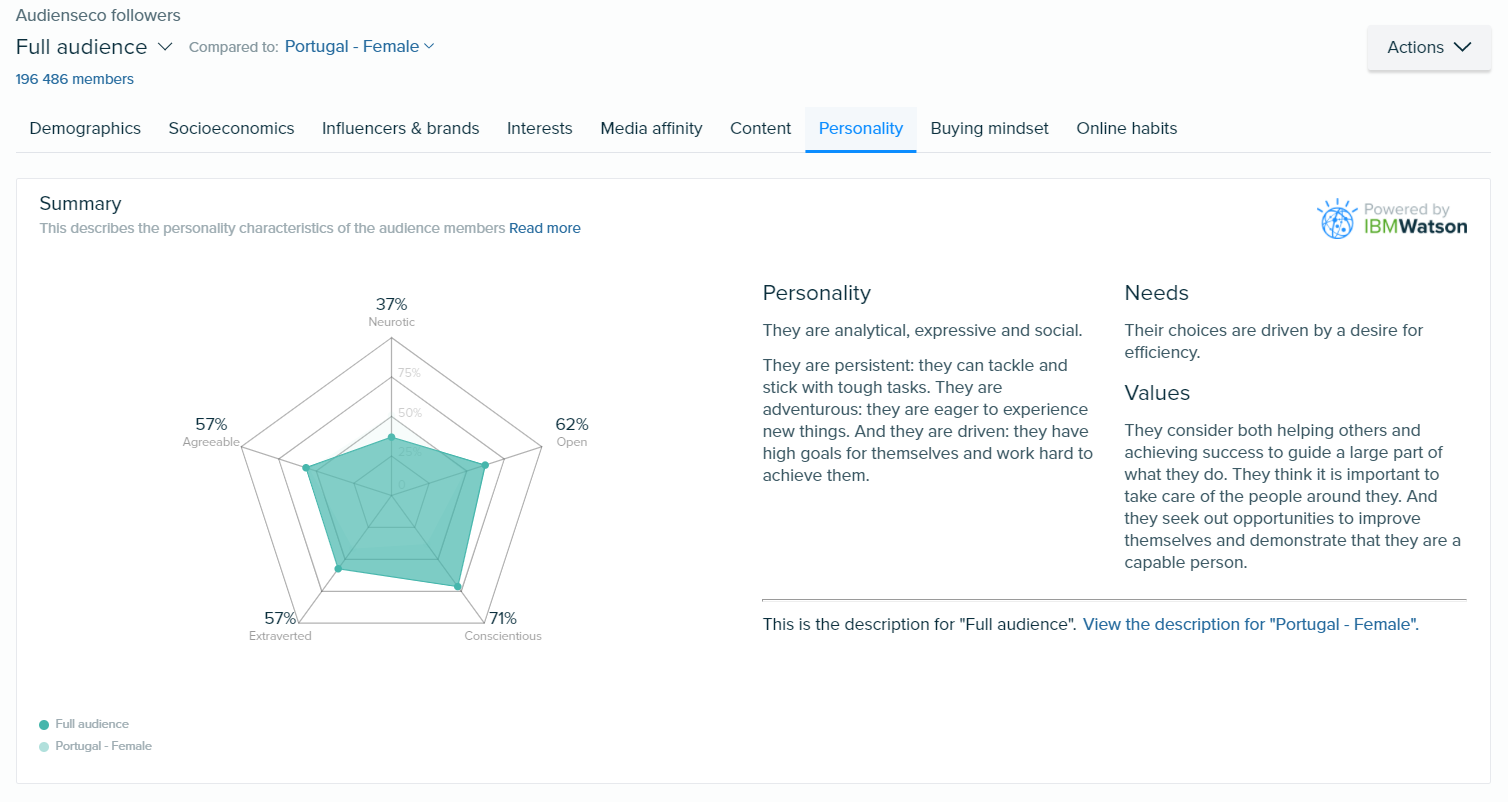
Measuring all of the above is key to understanding what makes your customers tick. Having these metrics available in one place is a massive time-saver, not to mention the level of depth that Audiense’s platform goes into for each data point.
How to increase brand affinity: 4 actionable tactics to try
As noted earlier, affinity doesn’t happen by accident.
To wrap things up, let’s look at some real-world brand affinity examples and actions you can take to build better relationships with your customers.
1. Ramp up opportunities to interact with your customers
It’s arguably easier than ever to go back-and-forth with customers, so don’t sleep on your opportunities to do so. This includes:
- Asking questions (via social media, email surveys, customer calls)
- Responding to customer questions and shoutouts
- Encouraging customers to share user-generated content such as product photos
Social media, particularly Twitter, is a prime place to pick your customers’ brains. Here’s an example of a positive interaction from Windows:

Even something as simple as a personalized comment is enough to make customers feel seen. Check out the example below from Milk Makeup:
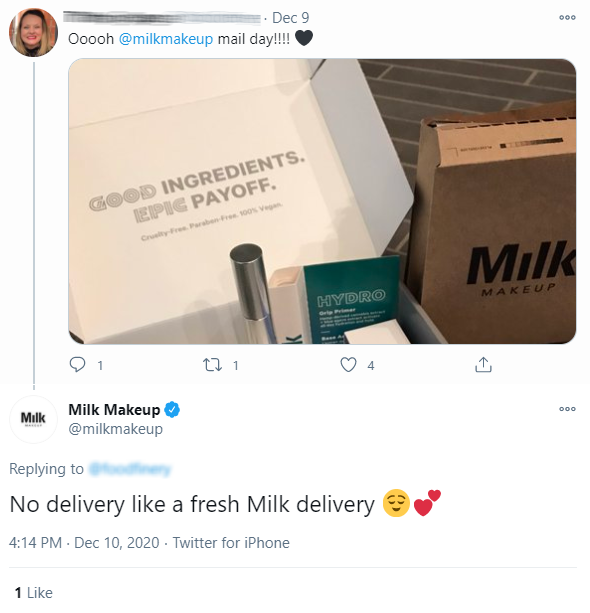
The concept here is simple: the more you interact with customers, the more chances you have to create positive impressions and figure out what makes them loyal.
2. Make a conscious effort to provide comprehensive customer service
Fact: half of all consumers expect “special treatment” when interacting with customer service reps.
It’s no secret that customers today have high expectations. Balancing speedy response times with personalized, comprehensive service is perhaps one of the best ways to build brand affinity.
If your customers are shouting out your customer response efforts unprompted, you’re golden.
Here’s a great example from Shutterfly:
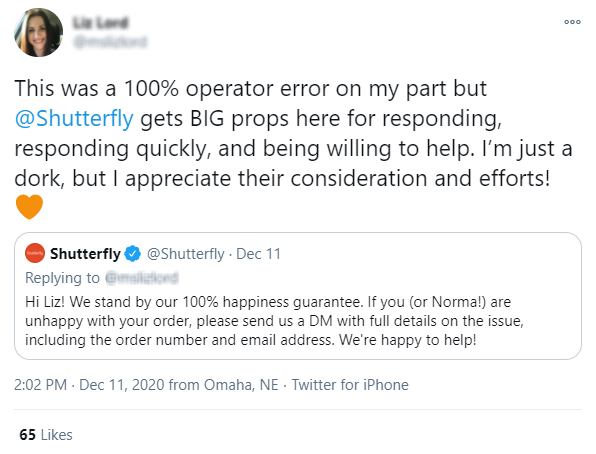
See how that works?
3. Put your brand’s voice and values front-and-center in your marketing
Building relationships means being human. In fact, 77% of consumers make a point to buy from brands that share their values.
This means being approachable and talking to your customers like they’re, well, people.
Brands like LaCroix have developed a cult following from rabid customers thanks to their distinct, conversational voice and messaging. They get a ton of love from customers via Instagram as proof of their brand affinity.
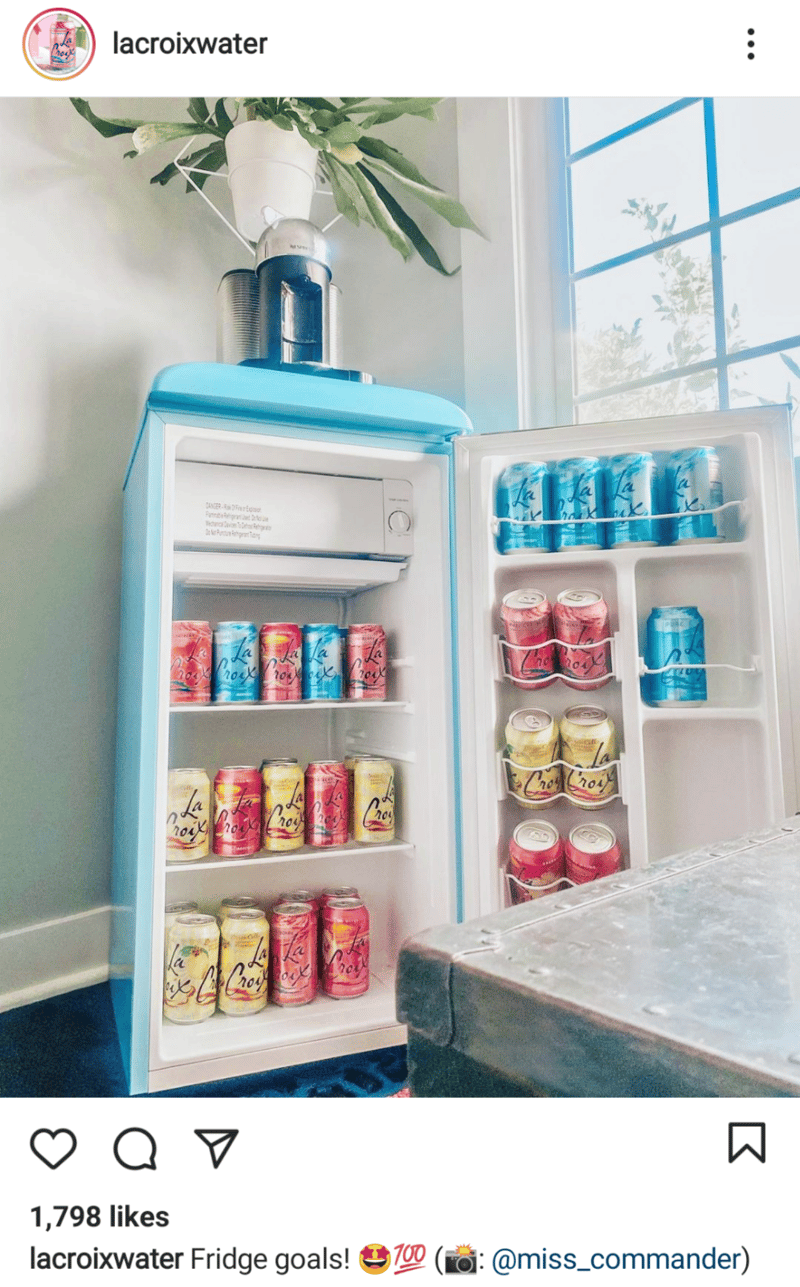
4. Level up your audience analytics
More comprehensive customer data and reporting is key to building affinity.
And while your native dashboards via social media or Google are a solid starting point, audience intelligence tools like Audiense can help you level up your listening.
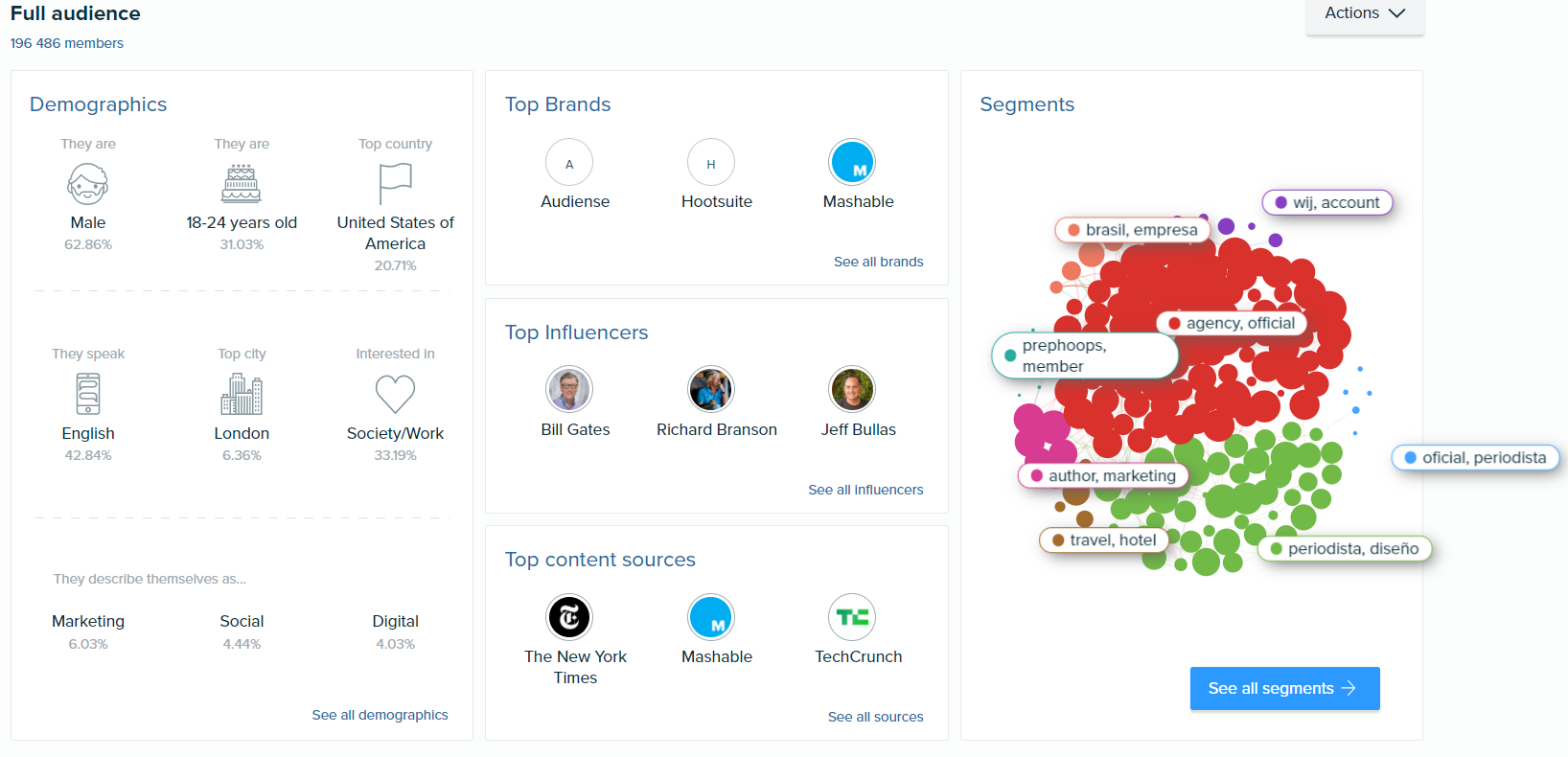
Rather than constantly dig for data points related to your customer relationships, our platform highlights your brand’s key metrics in real-time. This means that your essential audience data is only a few clicks away and you always have a pulse on what your customers want.
What is your business doing to build brand affinity?
Listen: creating a sense of affinity might seem like an uphill battle.
But doing so should be the end-goal of every marketer looking to build a long-lasting business.
If you haven’t already, take Audiense for a test-drive to step up your audience analytics to transform your loyal customers into brand evangelists.






